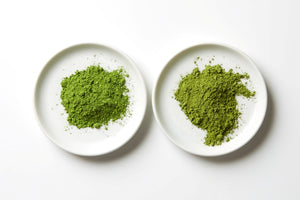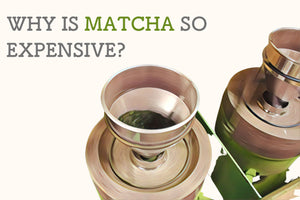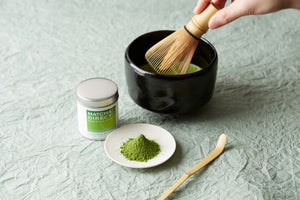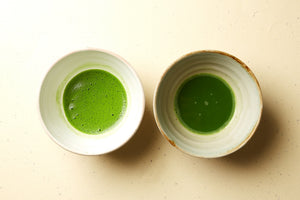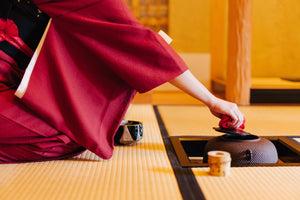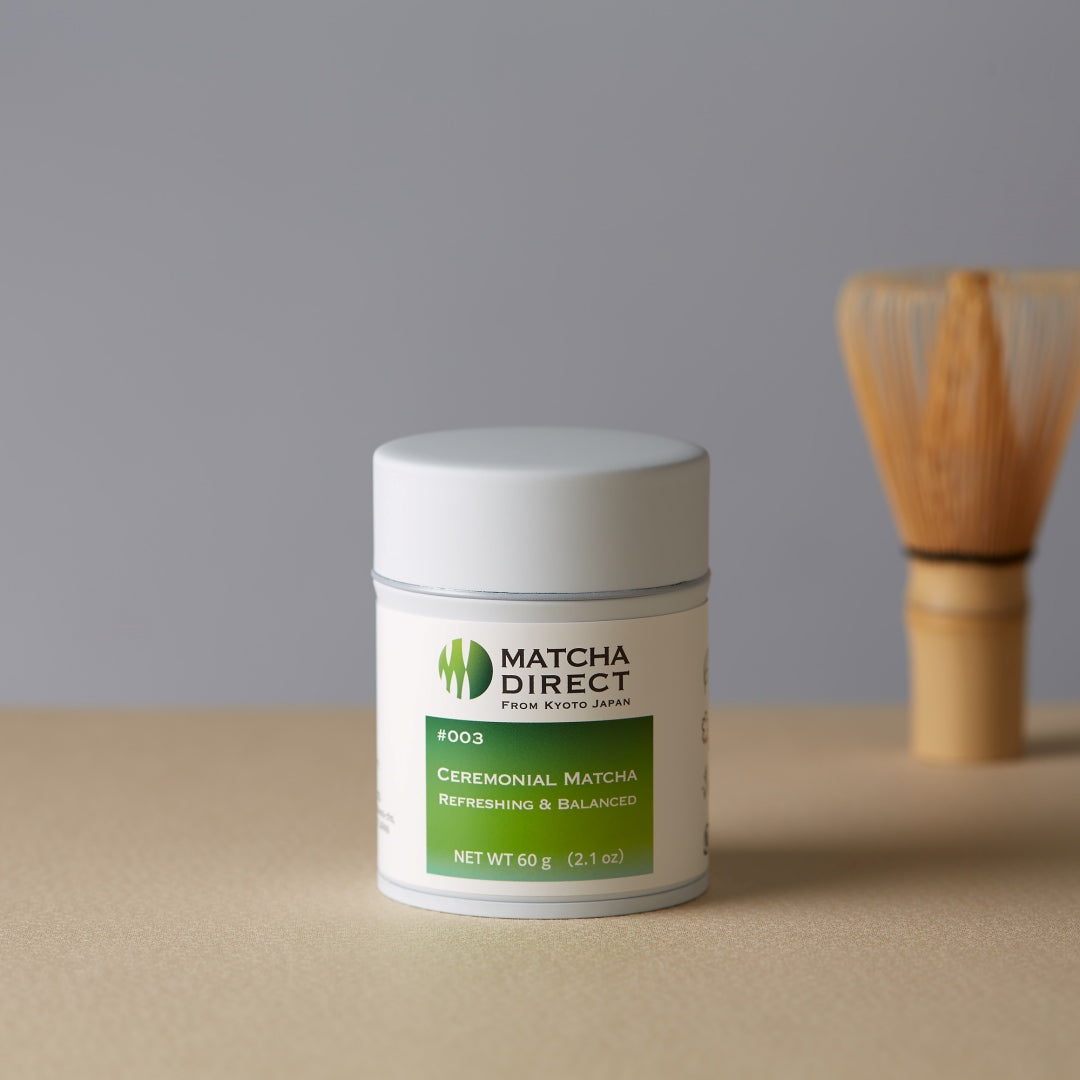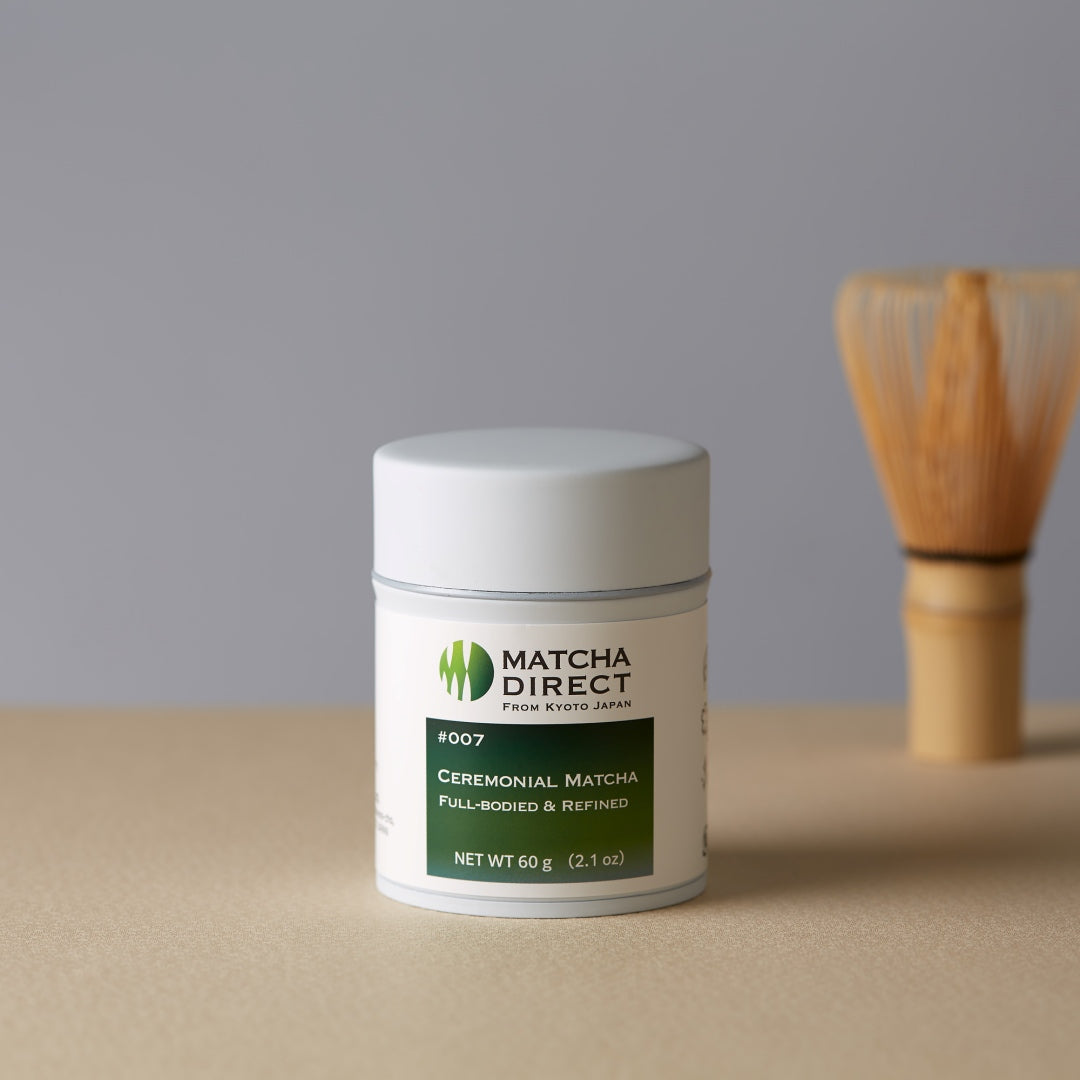The Japanese Tea Ceremony: A Guide to Cha No Yu
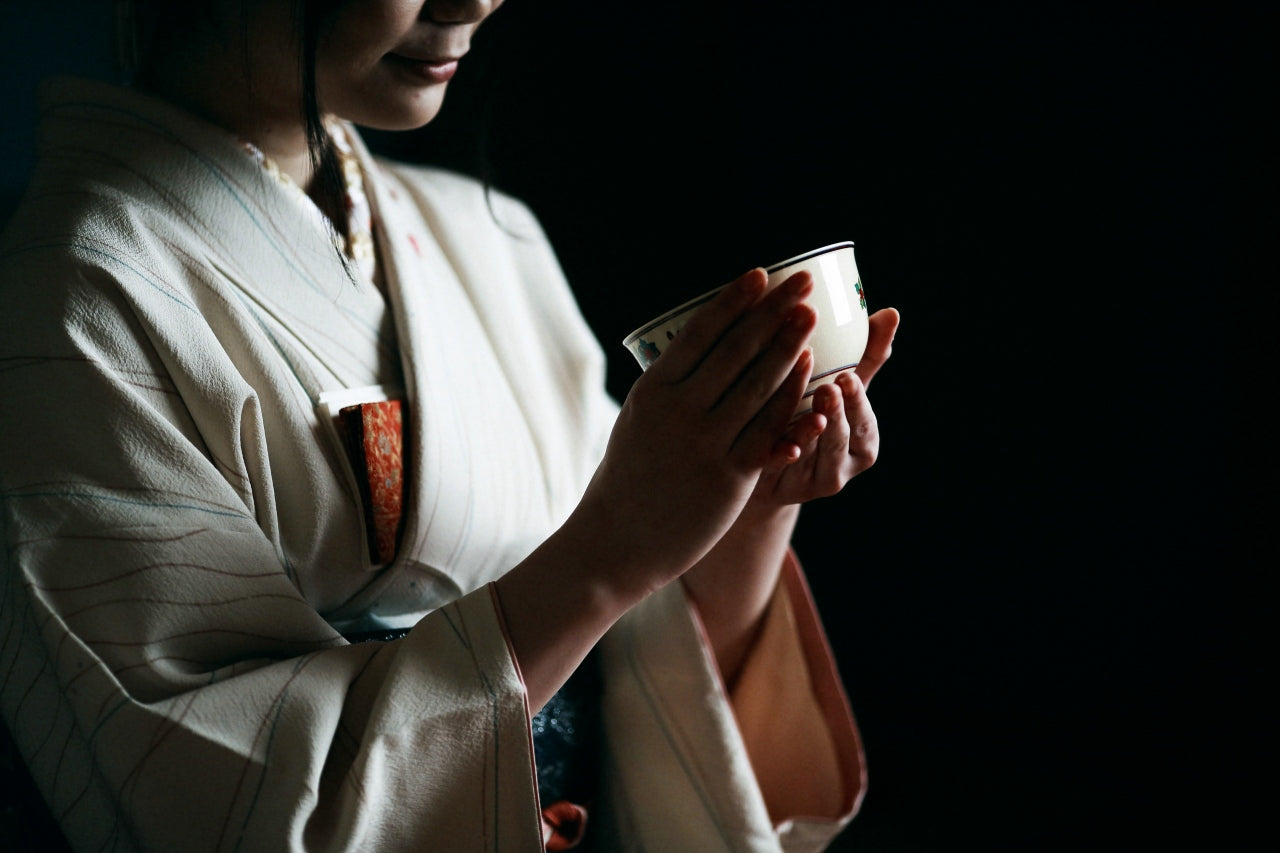
The Origin and History of the Tea Ceremony
The tea ceremony, known as "Sado" or "Chado" in Japanese, is a traditional cultural activity that ritualizes the act of preparing and drinking tea.
It is believed the culture of tea itself was introduced to Japan from China in the 9th century, but the tea ceremony in its current form was established in the 16th century by a tea master named Sen no Rikyu.
Sen no Rikyu treated the act of making tea as an art and incorporated the spirit of "wabi-sabi" into the tea ceremony. "Wabi-sabi" refers to an aesthetic that finds beauty in simplicity and imperfection.
The tea ceremony is not merely an act of drinking tea; it carries a profound history and philosophy behind it.
The Procedure of the Tea Ceremony

The tea ceremony follows a strict set of procedures.
From entering the tea room and taking a seat to preparing the tea and serving it to the guests, every action has a prescribed form. While there are slight variations among different schools such as Omotesenke, Urasenke, and Mushakojisenke, the basic flow remains the same.
The procedures of the tea ceremony include detailed manners for cleaning the tea bowl, preparing the tea, and serving it to the guests. Each of these actions has a meaning and embodies the spirit of the tea ceremony.
Below are the general steps of the tea ceremony.
1. Entering the Tea Room
The tea ceremony begins with entering the tea room.
The tea room has a low entrance called "nijiriguchi," which everyone must pass through, signifying that all participants are equal. Upon entering, one lowers their head and body, showing humility.
2. Sitting and Waiting
After entering the tea room, participants sit in the designated spot and wait in the formal sitting position known as "seiza."
During this time, they quietly appreciate the atmosphere of the tea room, the hanging scroll, and the flowers.
3. Cleaning the Tea Utensils
The host (the person preparing the tea) starts by cleaning the tea utensils.
They carefully clean the tea bowl, tea scoop, and tea whisk, ensuring they are pristine. This act is crucial for calming the mind and enhancing concentration.
4. Preparing the Matcha
Matcha is placed in the tea bowl, hot water is added, and the tea whisk is used to mix the matcha.
The goal is to mix the matcha evenly and create a smooth froth. The whisking motion should be rhythmic and produce a pleasant sound.
5. Serving the Tea to the Guests
After the matcha is prepared, the host serves the tea to the guests.
The guest receives the tea bowl with both hands, bows in gratitude, and then rotates the bowl before taking sips to appreciate the tea quietly.
6. Appreciating and Returning the Tea Bowl
After drinking, the guest admires the tea bowl's beauty.
They observe the shape, design, and texture of the bowl in silence. Finally, they return the tea bowl to the host.
The Tools of the Tea Ceremony

In the tea ceremony, numerous specialized tools are used, with the tea bowl, tea whisk, tea scoop, and tea kettle being the main examples. These tools often combine beauty and functionality, each serving a unique role in the tea-making process.
Tea Bowl
Tea bowls come in various designs, often featuring seasonal motifs such as cherry blossoms in spring or autumn leaves in fall.
Tea Whisk
A fine brush-like tool made of bamboo, used to mix the matcha thoroughly.
Tea Scoop
A small spoon-like tool made of bamboo for scooping matcha.
Tea Kettle
An iron kettle used for boiling water, available in various shapes and decorations.
The Tea Room in the Tea Ceremony

The tea ceremony is typically held in a small, simple structure called a tea room.
The tea room symbolizes the spirit of "wabi-sabi," emphasizing simplicity and harmony with nature. For example, the walls are often plastered, and the floor is covered with tatami mats.
Inside the tea room, there is a sense of tranquility and calm, making the tea gathering a ritual for calming the mind. Upon entering through the nijiriguchi, participants encounter a tokonoma (alcove) displaying seasonal flowers and a hanging scroll.
Outside the tea room, a beautiful garden enhances the tea ceremony's experience. The garden features stone paths, moss, and seasonal flowers, allowing participants to enjoy nature's beauty. Strolling through the garden before and after the tea gathering is an integral part of the tea ceremony.
The Spirit of the Tea Ceremony
At the heart of the tea ceremony is the concept of "ichi-go ichi-e," meaning "one time, one meeting."
This philosophy emphasizes the uniqueness of each encounter, urging participants to cherish each tea gathering sincerely.
Additionally, the tea ceremony is based on four principles: "Wa-Kei-Sei-Jaku."
"Wa" signifies harmony, "Kei" respect, "Sei" purity, and "Jaku" tranquility, and these principles are reflected in all actions and attitudes within the tea ceremony.
The spirit of the tea ceremony extends beyond mere formalities, offering values applicable to daily life. Incorporating these principles can foster kindness and gratitude in everyday interactions.
The Schools of the Tea Ceremony
Many schools of the tea ceremony exist, each with its own style and philosophy.
Among them, the three major schools established by the children of Sen no Sotan, the grandson of Sen no Rikyu are Omotesenke, Urasenke, and Mushakojisenke. Despite differences in specific rituals and tool usage, they share the fundamental spirit of the tea ceremony.
Omotesenke
Founded by Sen no Sotan's third son, Sen no Sosa, Omotesenke is known for its elegance and delicate manners, emphasizing simplicity and refinement in the selection of the tea room and utensils.
Urasenke
Founded by Sen no Sotan's fourth son, Sen no Soshitsu, Urasenke features practical and approachable manners, making it popular in modern tea ceremony classes. Its flexible and accommodating practices make it relatively easy for beginners.
Mushakojisenke
Founded by Sen no Sotan's second son, Sen no Soshu, Mushakojisenke emphasizes traditional and strict manners, reflecting a classical aesthetic in the tea room and utensils.
The Global Appeal of the Tea Ceremony
The tea ceremony continues to be cherished as a way to escape the hustle and bustle of daily life and spend quiet, reflective time.
In recent years, many foreign tourists visiting Japan have engaged in tea ceremony experiences to learn about Japanese culture. There are numerous tea ceremony classes and experience programs for foreigners, often featuring English-speaking guides.
These experiences offer more than just a tourist activity; they provide a deep understanding of the tea ceremony's history and spirit through hands-on tea preparation.
The charm of the tea ceremony extends beyond Japan, captivating people worldwide.
Matcha and the Tea Ceremony
The tea used in the tea ceremony is primarily matcha.
Matcha is a powdered green tea made by grinding tencha leaves with a stone mill, resulting in a vibrant green color. In addition to being consumed as a tea, matcha is commonly used in sweets and culinary dishes and is known for its nutritional benefits.
In the tea ceremony, the skill of preparing matcha is crucial, and the quality of the matcha itself is also a key factor for a successful tea gathering.
The matcha used in the tea ceremony is of particularly high quality, made from carefully cultivated tea leaves. High-quality matcha has a strong sweetness and umami with minimal bitterness, offering a unique taste experience.
Enjoying Tea Ceremony-Grade Matcha at Home
MATCHA DIRECT offers high-quality matcha suitable for tea ceremonies.
Freshly ground upon order, MATCHA DIRECT's matcha provides a pure and fresh taste.
Perfect for tea ceremony experiences or simply enjoying at home, MATCHA DIRECT's matcha brings the exquisite taste of high-quality matcha to your daily life.

